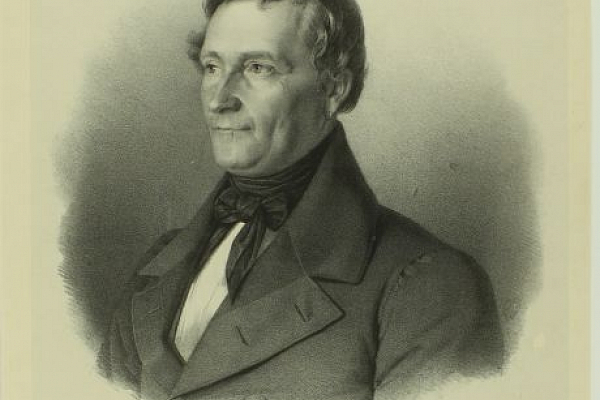

The fame of the spa in Gräfenberk was reflected in the large number of visitors from all over Europe, especially from German-speaking countries. Among them were also Poles, who had no state of their own since the end of the 18th century and lived in Austria, Prussia and Russia. During their stay in the hydrotherapy institute, Polish visitors to Gräfenberk, in addition to medical treatments, also actively weaved plans to restore their own state. This is evidenced, among other things, by the discovery of a metal box during the restoration of the Polish Spring in 2005. It contained a text written in Polish, which declares the effort to restore the state. In addition to the Polish spring, which dates back to 1869, there is also a Polish monument from 1899 in the Jesenice spa.
Even during Priessnitz's lifetime, Prince Edward Raczynski had a monument dedicated to Vincenzo Priessnitz in Poznań, which was then part of Prussia. Like the later Czech Monument at Gräfenberk, the Poznań work from 1841 was fitted with a statue of the ancient goddess Hygie, water was pouring in the lower part and Priessnitz's sculptural portrait was placed on the pedestal. Next to it was the inscription "Nic lepszego nad wode."
As if Mr. Priessnitz wanted to repay his Polish supporters for these honors, he too left them something to use. His name became part of the vocabulary of modern Polish as an expression for a shower. It is called "prysznic" in Polish, and Polish has an expression for this hygienic and wellness act that does not occur in any other language.
Until the 19th century, showering and showering was not a common thing, and the founder of hydrotherapy had a lion's share in its popularity and expansion. It is therefore quite understandable that his name is used for the novelty in the language spoken by 44 million people today.
